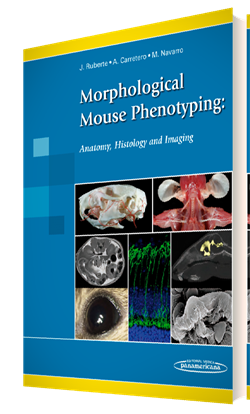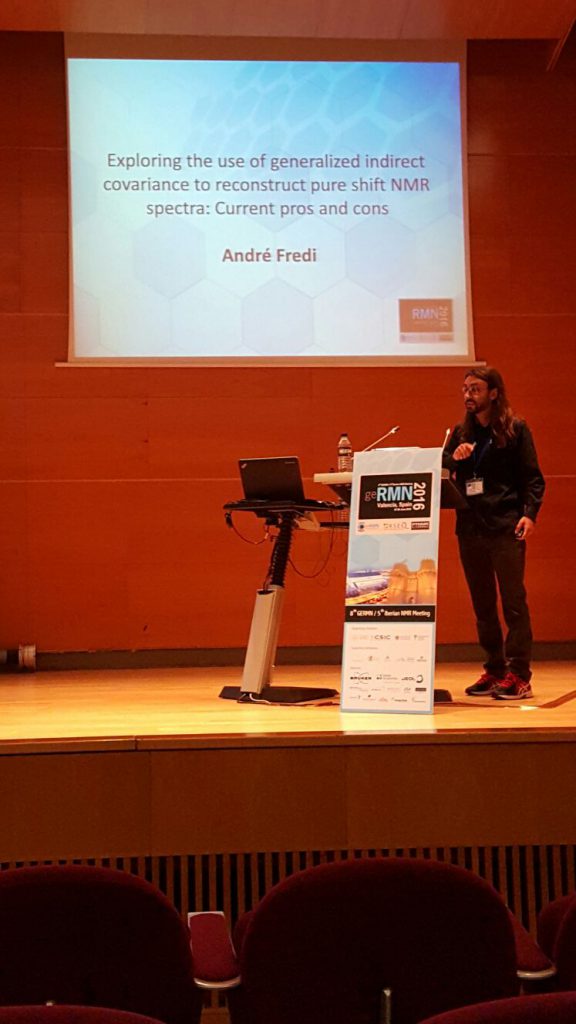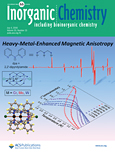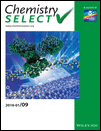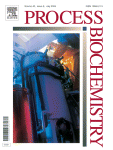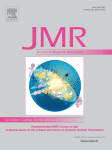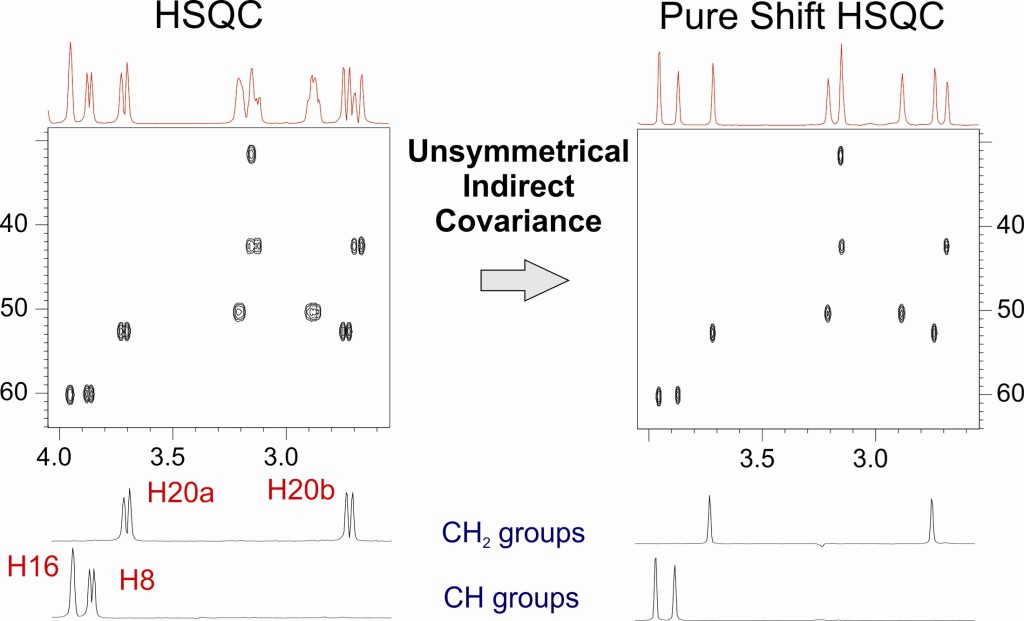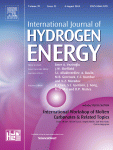The links below point to the research articles and Mass Spectrometry and NMR Spectroscopy raw datasets that were part of my thesis work. The last link points to my Ph.D. Thesis in pdf format.
Chapter 1
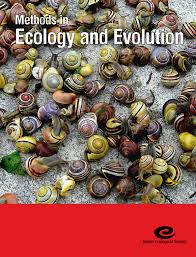 “Ecometabolomics: Optimized NMR-based method” by Albert Rivas-Ubach, Miriam Pérez-Trujillo, Jordi Sardans, Albert Gargallo-Garriga, Teodor Parella, Josep Peñuelas. Methods in Ecology and Evolution, February 2013. DOI: 10.1111/2041-210X.12028
“Ecometabolomics: Optimized NMR-based method” by Albert Rivas-Ubach, Miriam Pérez-Trujillo, Jordi Sardans, Albert Gargallo-Garriga, Teodor Parella, Josep Peñuelas. Methods in Ecology and Evolution, February 2013. DOI: 10.1111/2041-210X.12028
- Blog post: NMR-based Protocol for Ecometabolomics
Chapter 4
 “Opposite metabolic responses of shoots and roots to drought” by Albert Gargallo-Garriga, Jordi Sardans, Míriam Pérez-Trujillo, Albert Rivas-Ubach, Michal Oravec, Teodor Parella and Josep Peñuelas. Scientific reports 4, Article number: 6829, October 2014. DOI: 10.1038/srep06829
“Opposite metabolic responses of shoots and roots to drought” by Albert Gargallo-Garriga, Jordi Sardans, Míriam Pérez-Trujillo, Albert Rivas-Ubach, Michal Oravec, Teodor Parella and Josep Peñuelas. Scientific reports 4, Article number: 6829, October 2014. DOI: 10.1038/srep06829
- Blog post: Opposite metabolic responses of shoots and roots to drought
- Raw data: Mass Spectrometry and NMR Spectroscopy datasets
Chapter 5
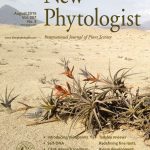 “Warming differentially influences the effects of drought on stoichiometry and metabolomics in shoots and roots” by Albert Gargallo-Garriga, Jordi Sardans, Míriam Pérez-Trujillo, Michal Oravec,Otmar Urban, Anke Jentsch, Juergen Kreyling, Carl Beierkuhnlein Teodor Parella and Josep Peñuelas. New Phytologist. March 2015. DOI: 10.1111/nph.13377
“Warming differentially influences the effects of drought on stoichiometry and metabolomics in shoots and roots” by Albert Gargallo-Garriga, Jordi Sardans, Míriam Pérez-Trujillo, Michal Oravec,Otmar Urban, Anke Jentsch, Juergen Kreyling, Carl Beierkuhnlein Teodor Parella and Josep Peñuelas. New Phytologist. March 2015. DOI: 10.1111/nph.13377
- Blog post: Warming differentially influences the effects of drought on stoichiometry and metabolomics in shoots and roots
- Raw data: Mass Spectrometry and NMR Spectroscopy datasets
Chapter 6
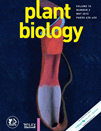 “Metabolomic responses of Quercus ilex seedlings to wounding simulating herbivory” By Jordi Sardans, Albert Gargallo-Garriga, Míriam Pérez-Trujillo, Teodor Parella, Roger Seco, Iolanda Filella, Josep Peñuelas. Plant biology. April 2013. DOI: 10.1111/plb.12032
“Metabolomic responses of Quercus ilex seedlings to wounding simulating herbivory” By Jordi Sardans, Albert Gargallo-Garriga, Míriam Pérez-Trujillo, Teodor Parella, Roger Seco, Iolanda Filella, Josep Peñuelas. Plant biology. April 2013. DOI: 10.1111/plb.12032
Chapter 7
- Raw data: Mass Spectrometry datasets

